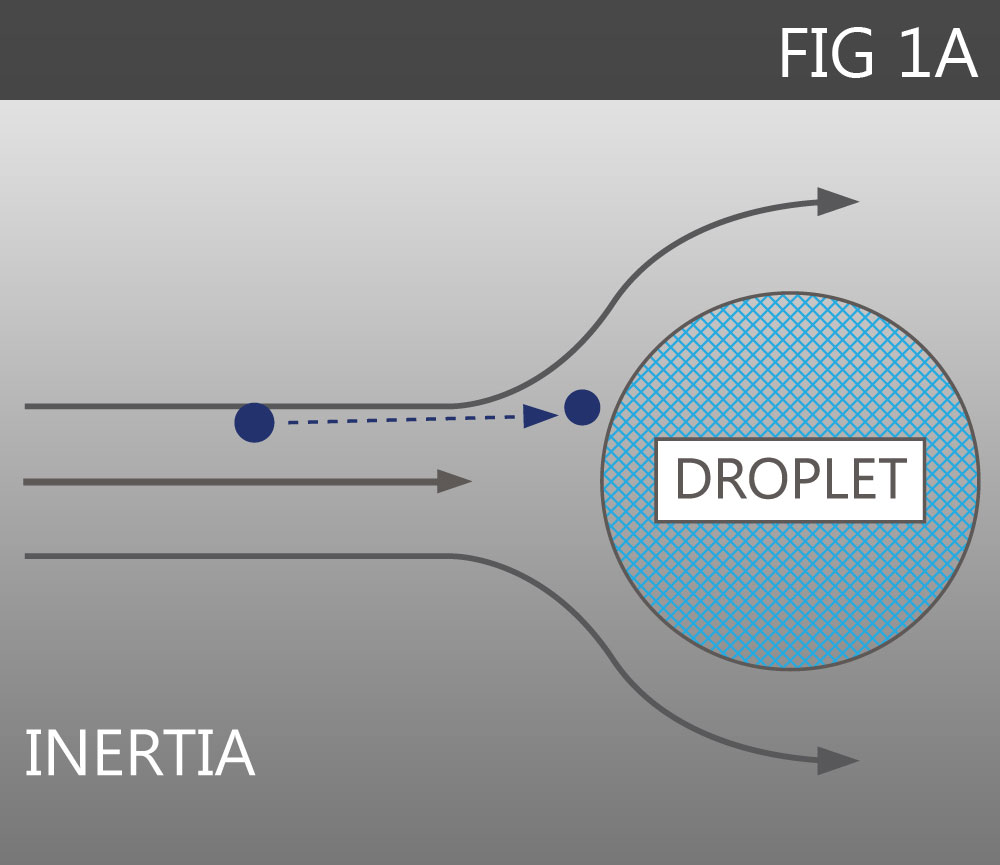Wet Scrubbers are devices that utilize some liquid (most often water) to remove contaminants from an exhaust gas stream. Wet scrubbers are most easily categorized by the type of contaminant that they are designed to remove: particulate or gaseous.
Wet Scrubbers for Particulate Removal
Selecting a device to separate particulate from a gas stream usually is based upon a simple question: What is the lowest cost method of removing the particulate to an allowable emission level? Scrubbers are commonly thought of as being very expensive. This assumption is often incorrect. Scrubbers themselves are very simple devices and are often the least expensive and most reliable device for removal of particulate from a gas stream. The long term capital and operating costs for any separation device is dependent on a number of variables that should be considered to make a proper evaluation. In the case of wet scrubbers the cost analysis is often dependent upon the availability of water and the infrastructure for waste water treatment and/or disposal.
Some of the common process reasons for using scrubbers for particulate separation are;
- Scrubbers are simple to build and operate. They can be engineered easily for very severe and/or variable operating conditions.
- The most efficient way to cool high temperature process gases for treatment is by quenching with water. Once this is done, scrubbing with water for particulate removal is often the most economical and operable method for particulate separation.
- Wet scrubbers may be more compact than other dry devices.
- Gaseous and particulate contaminants may be collected in the same device.
- Wet scrubbing may be the safest way of handling potentially explosive, pyrophoric, or combustible dusts.
- Wet scrubbers can operate reliably on sticky and/or highly hygroscopic materials



